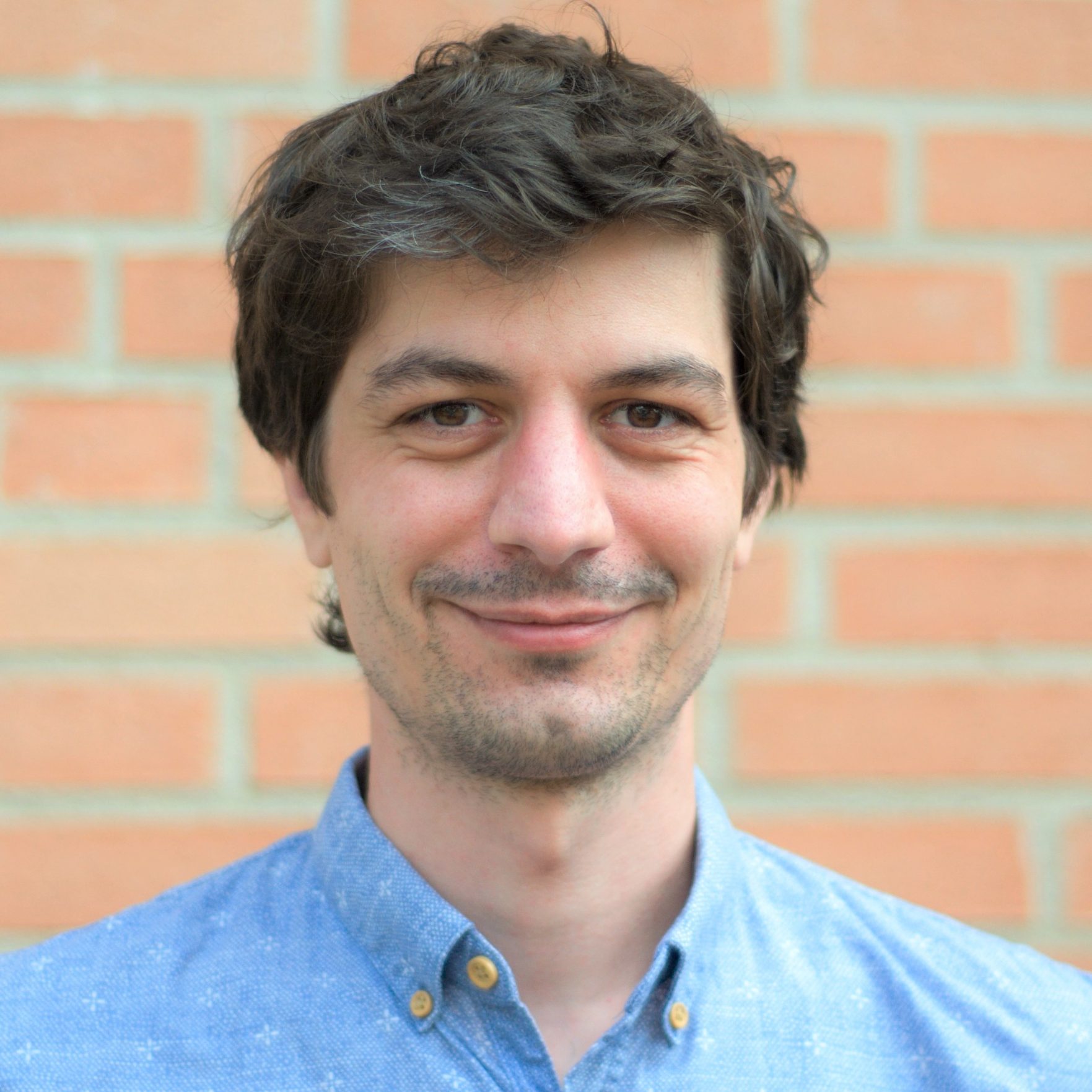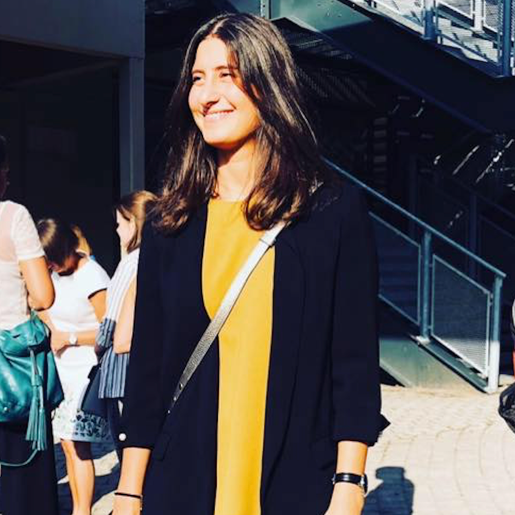Hi, my name is Gabriel Werr (ESR 8) and I am researching “Microfluidic methods for bead-based assays on-chip” as well as on-chip sensing methods at Uppsala University.
My colleague Mara Lucchetti (ESR 12) is researching the integration of iPSC-derived epithelial cells and on-chip TEER (transepithelial electrical resistance) measurements in the HuMiX gut model. Together we have been developing Platinum thin-film electrodes that can be integrated into her existing HuMiX model without compromising the seal of her chip.
The goal of my secondment at University of Luxembourg was to set up the new TEER electrodes for continuous readout of up to eight sensors. This included choosing a suitable electrical connection method that can be sterilised while not being too time consuming during assembly, and in order to read out the eight sensors continuously a multiplexer was set up together with an automation script that switches and logs all the sensors.
Due to COVID-19 restrictions we had to resort to video conferences and exchanging samples and prototypes by mail.
With my engineering background it was very useful to learn about all the small hurdles that need to be considered when implementing new equipment in a cell experiment to make it actually usable and convenient. Mara has done a great job providing me that insight even with the added difficulty of the entire secondment being held online.


